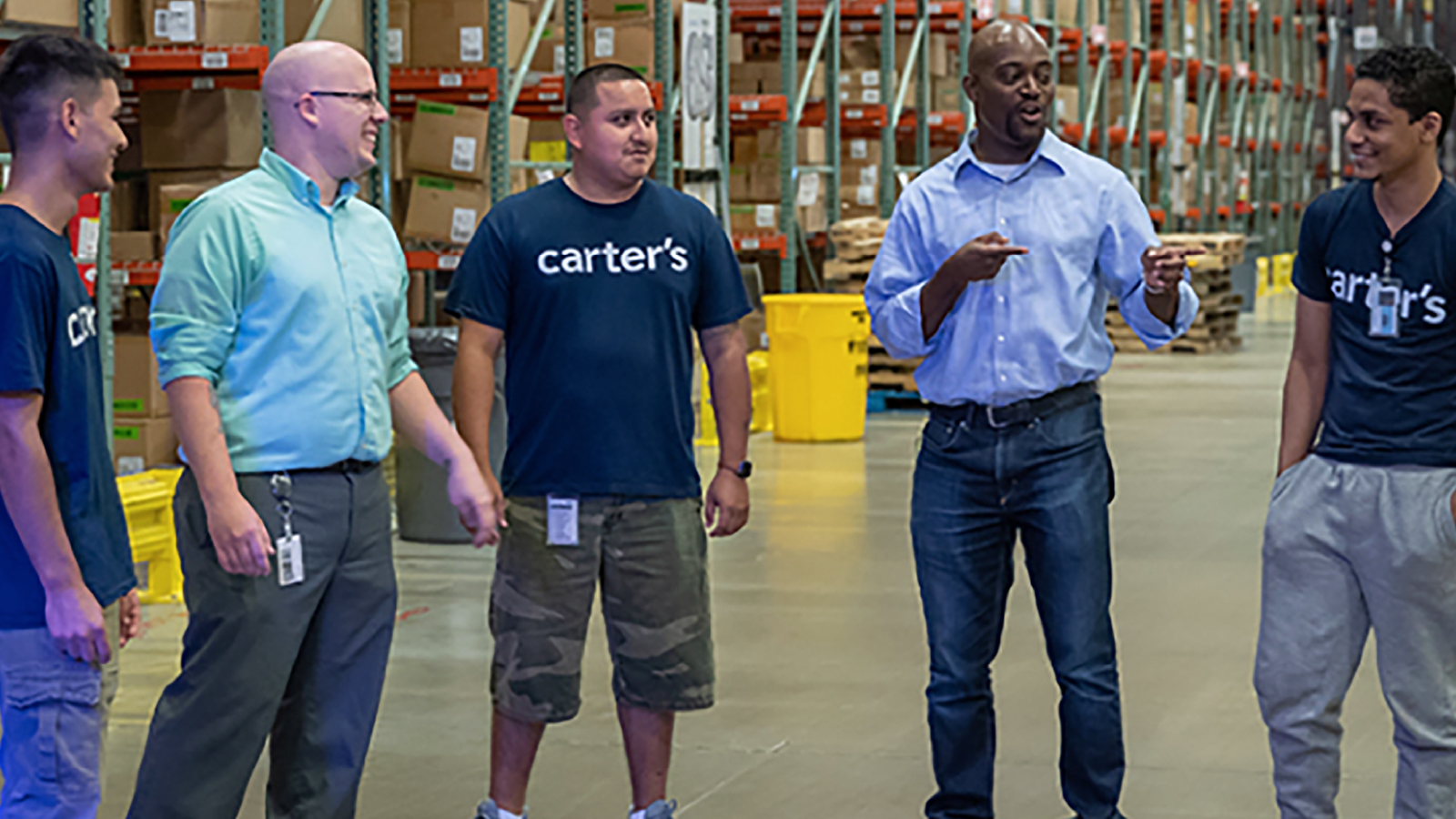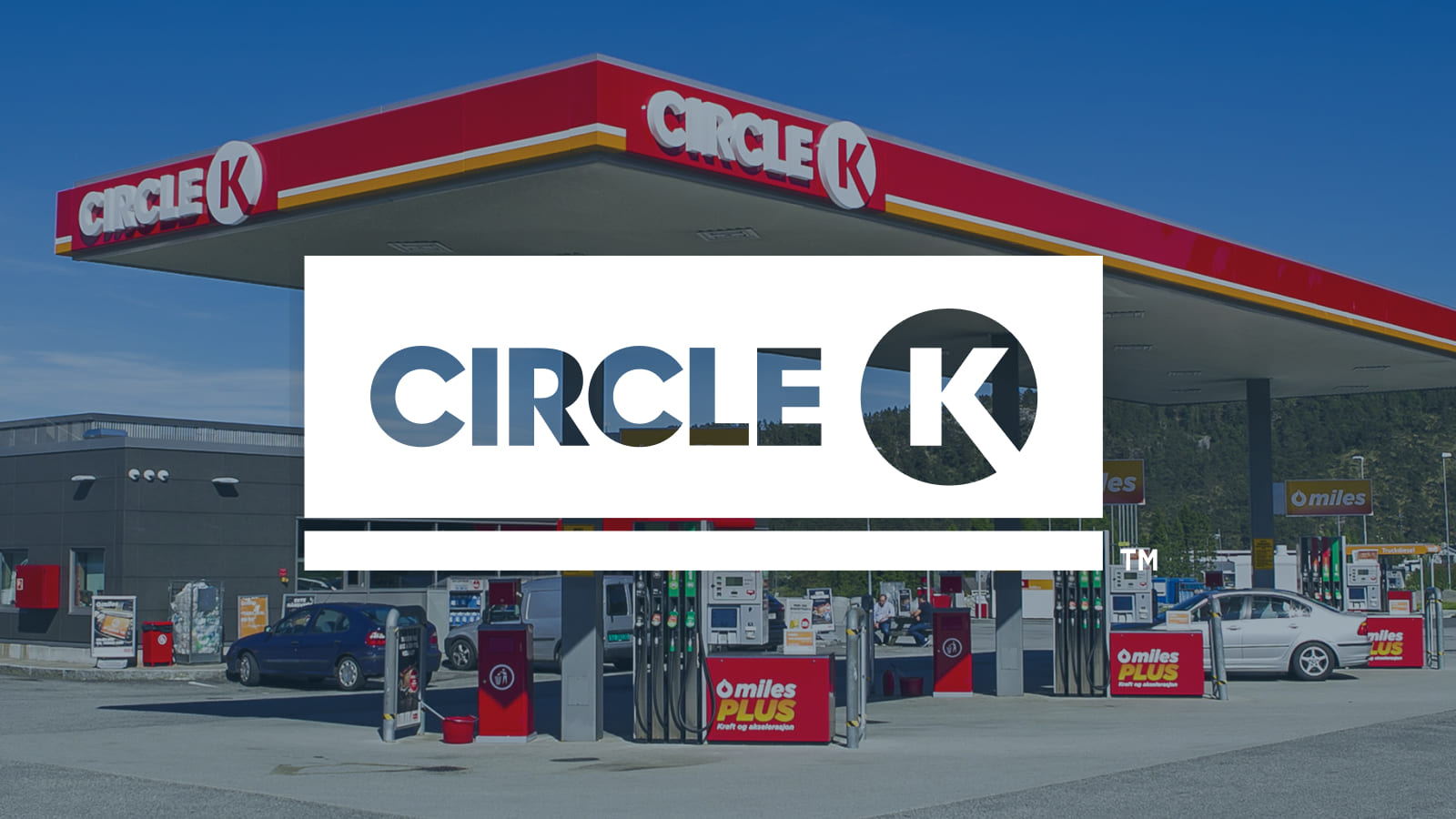Wade Latham, Senior Director of Operations, shares how his team uses the Anaplan platform to gain real-time insight into the company’s product SKUs to improve service levels while reducing days from the inventory supply chain.

Carter’s shrinks its inventory by four to six days — or more
Supply chain planning enables children’s clothing company to save millions and improve visibility
-
Solutions
Supply Chain
-
Industry
Retail
-
Platform capability
Planning experience
-
Share
Children’s clothing maker and retailer Carter’s uses supply chain solutions on the Anaplan platform to gain real-time insight into product performance for 250,000 SKUs. The company removed several days of inventory from its supply chain and saved $25 million annually in inventory carrying costs with Anaplan. Obsolete and excess inventory dropped 10 to 15% and product visibility improved.
Our data is showing that we’ve removed approximately four to six days of inventory from our supply chain.
$25 million
in inventory carrying costs saved annually
10 to 15%
reduction in obsolete and excess inventory
4 to 6 days
of inventory (or more) removed from supply chain


My name’s Wade Latham. I’m the Senior Director of Operations for Carter’s. I’m responsible for both forecasting and global inventory procurement.
Carter’s is the leading marketer of young children’s apparel in the United States and Canada. We’re growing internationally, which has led to a lot of SKU growth — we actually have over 250,000 unique product SKUs.
Most of those products actually have a very short lifecycle and turn over in a three- to six-month time period. And because of the number of products and the quick turn, we knew that we’re not going to be able to manage that with our old processes and old systems.
I would prefer my forecasters to spend time actually forecasting and evaluating the decisions they make to buy inventory as opposed to running reports out of multiple systems and compiling the data. We had gone pretty far down the path of looking at traditional supply chain planning systems. We were kicking around the ideas and said, “We need Excel on steroids, that’s really what we need.” And our EVP had gone out and done some research and that’s how he found Anaplan.
Our first use case was what we call supply procurement. We started in the middle of the supply chain with the supply calculations, but we know that we were going to expand into demand planning and into capacity planning, and eventually into S&OP. So we want to get to that true integrated, holistic S&OP process — and based on the success we’ve had in Anaplan with supply chain, it will actually be extended to our retail business and be used in the assortment planning process as well.
This was my first experience with an agile implementation methodology. We had a 13- to 14-week implementation, and divided up into three different sprints. I don’t understand why anybody would ever do a traditional implementation again.
I’m a big proponent of “the business needs to have skin in the game” with the technology solutions. So we actually have two model builders on my team, and it’s their responsibility to build new functionality and improve any existing capabilities that we have.
So our fundamental business case was built around a reduction of inventory days of supply, and based on our initial results for our first season, we are exceeding our expectations. So our data is showing that we’ve removed approximately four to six days of inventory from our supply chain. [Note: In a subsequent interview with Retail Touch Points, Carter’s spokesperson Peter Smith, EVP Global Supply Chain, revised that number to eight days of inventory cut.]
We have definitely seen an improvement in our ability to forecast capacity. That should help lead to improved service levels, as well as the reduction of expediting expenses. To me, being able to look at demand and supply and the different components of supply and the status that they’re in — whether they’re in inventory, is it in process in the factory, is it in transit?
And having that visibility into all of our products at one time in one view is very critical. That’s where you can start developing operational KPIs to evaluate inventory turn, look for opportunities to improve service levels. And we now have that ability that we did not have in an easy way prior.
We’ve had a very good experience with Anaplan. I truly believe that they are looking out for us and want us to be successful.



